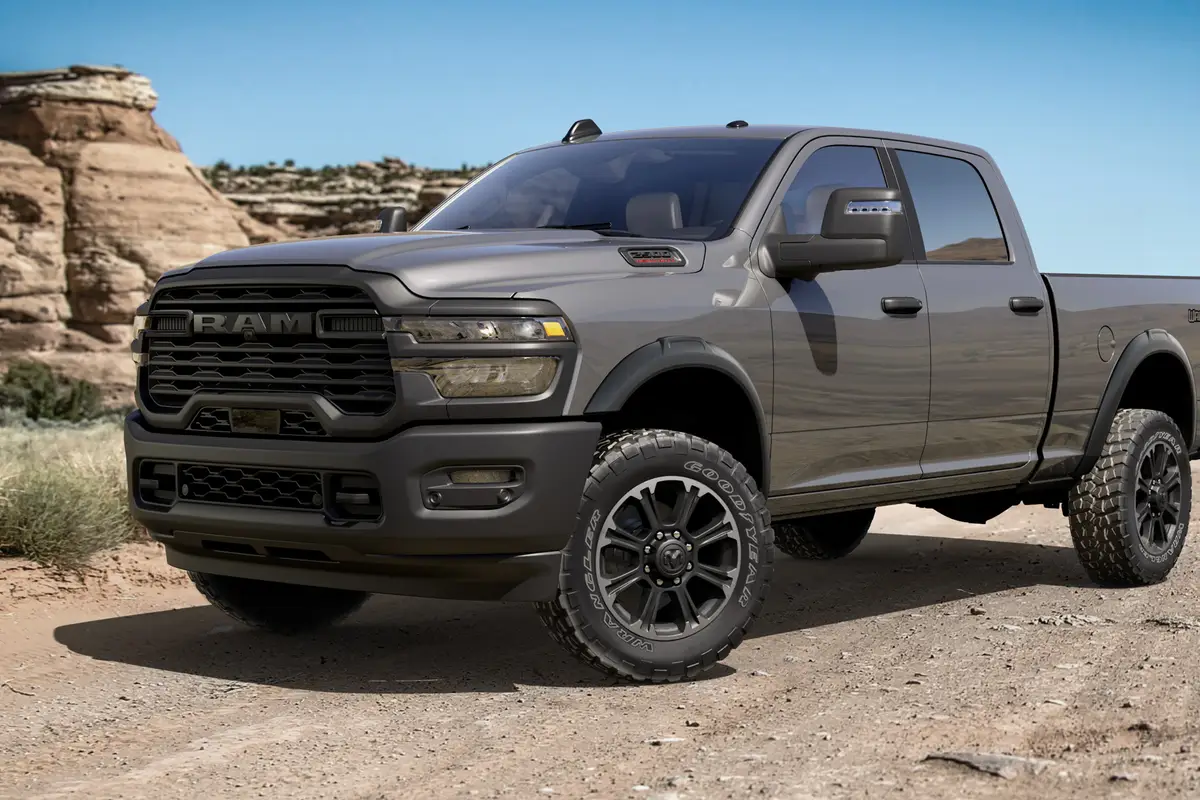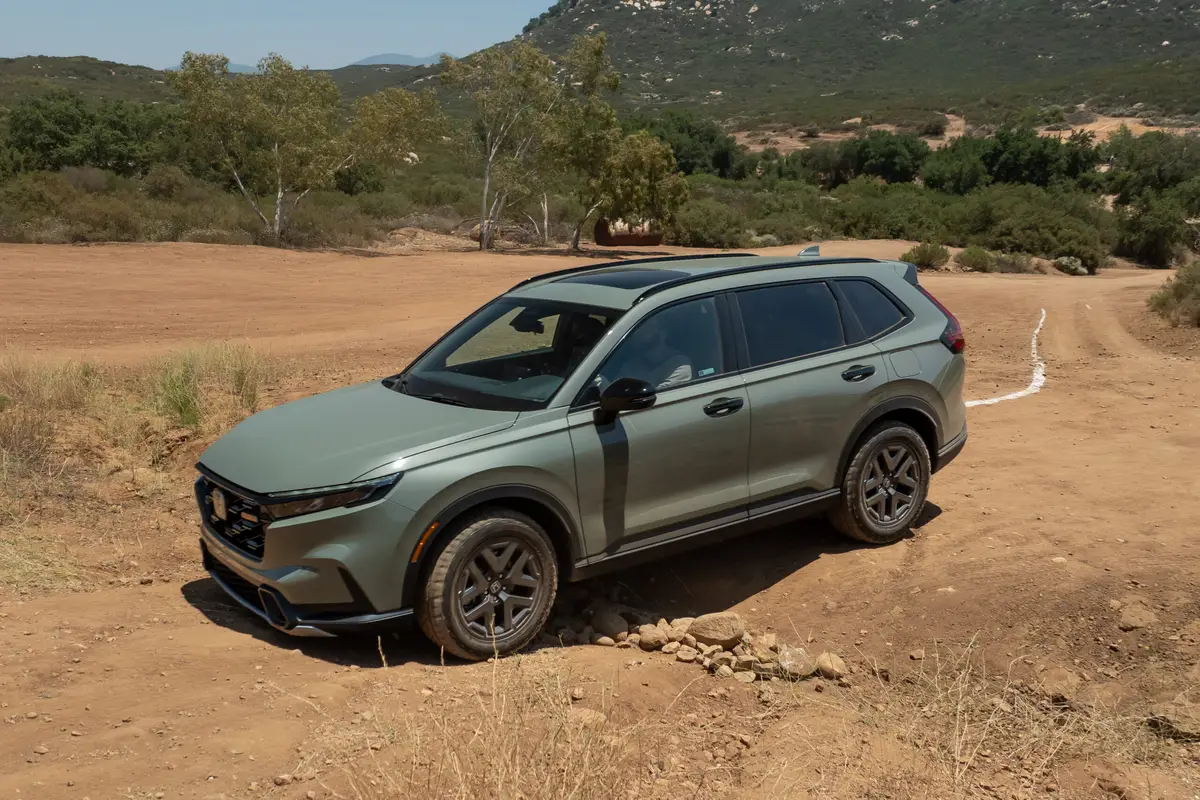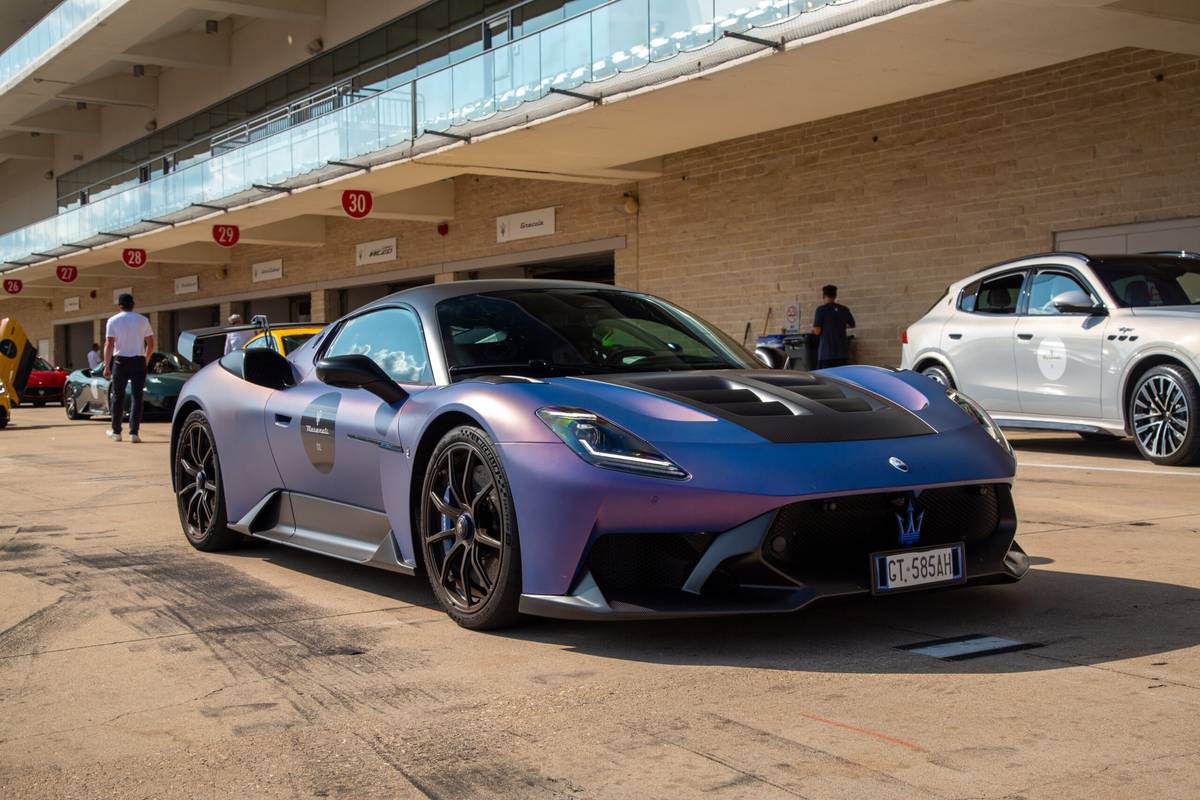chicagotribune.com's view
It can be lonely on the outside looking in.
In 2001, as a member of the media panel that would select the North American Car and Truck of the Year, it was our task to drive each of the models unveiled that year to be able to cast an informed vote.
The Acura MDX was one of the candidates for North American Truck of the Year, along with the Ford Escape and Toyota Sequoia, to name just two rivals. But fellow jurists were so enamored with the MDX that you would have thought the Japanese automaker had reinvented the wheel.
They raced to the dictionary trying to come up with new adjectives to describe what they considered the most significant machine not only in the competition, but in the industry.
The other candidates? Didn’t matter. Jurists let it be known that MDX was a product of Honda and therefore it was the best on the planet. Case closed.
But we didn’t see it that way and had to suffer the puzzled looks of those colleagues who still bothered to cast looks.
“Not vote the MDX? Fool.”
The MDX was and still is a sport-utility derivative of the Honda Odyssey minivan. While that’s not cause for concern, the fact that the MDX was a little rough around the edges was. The 3.5-liter V-6 engine wasn’t the most potent. The ride wasn’t the smoothest. The handling wasn’t the most predictable or sure-footed. Nice machine, but we saw it as a work in progress that needed a tweak here and there to be worthy of all the fawning.
For ’03 Acura has done the necessary tweaking. While loath to fawn, have to say the machine is considerably better than when it first arrived in showrooms. Those who raced down to the dealership to get the 2001 Truck of the Year might find it advantageous to amble back and trade it in on the new and improved model.
The changes are few, but significant. The 3.5-liter, 24-valve V-6 now boasts 260 horsepower, up from 240 h.p. By using two catalytic converters close to the engine, the point of the highest concentration of emissions, a third converter under the passenger floor and larger diameter exhaust pipes, air flow increases to help boost horsepower. The 3.5 is teamed with a new 5-speed automatic that performs a little more smoothly and quietly.
Perhaps the most noticeable difference is that the suspension has been refined by retuning spring rates and beefing up stabilizer bars front and rear. Ride has been softened without being too cushy. Tar marks in the road aren’t as big a distraction as they had been. And handling is much improved. Predictable and precise. No wanderlust. Go where you point, especially in corners, without listing.
A Vehicle Stability Assist system is new and standard for ’03, which helps MDX manners, especially when roads aren’t clear.
VSA employs anti-lock brakes, traction control and/or throttle control when needed in acceleration, braking and cornering to ensure optimum handling and vehicle co ntrol.
MDX also features full-time four-wheel-drive, recalibrated for ’03 to distribute more torque to the rear wheels for better footing in snow and on slippery surfaces.
The other changes focus on amenities–a switch to a factory-installed rather than dealer-installed DVD entertainment system; a rearview camera so you can see what’s behind you; and the addition of voice recognition to the navigation system.
Our opinion always has been that if sufficiently blessed mentally to have a job that pays enough to allow a $40,000 Acura MDX, you also should have the brains to find your way home without having a synthesized voice advise: “Turn right at the next block.”
But in this case, we have to recommend the navi system, though you’ll save a lot of money by taking a pass on it. Base price of the ’03 Acura MDX is $35,700, which rises to $38,300 if you opt for the Touring edition and $40,500 if you move up to Touring with navi, the vehicle we tested.
When you get the navi, you get the rearview camera, as well. No navi, no camera, and the camera is what gives the MDX a touch of class, not to mention a sense of safety and security.
There are vehicles in the market that offer reverse aid or sonar sensing. When backing up, a warning beeper on such systems will signal that an object or a person is out of view of the side mirrors; and when parallel parking, the beeps warn when you are too close to the bumper ahead or behind and that it would be wise to stop or be prepared to set off the other vehicle’s alarm system.
But these are sonar sensing systems. The MDX rearview camera is just that, a rearview camera housed under the liftgate handle in back. Whenever you engage reverse, the navi screen automatically turns on to give you a look at what is behind. Not virtual, but real–in living color. If pet, child, bike or garbage can is lurking there, you get immediate visual notice. No need for beeps. Open your eyes and look at the navi screen. Wonderful safety feature. Kudos Acura.
Two gripes, however.
The lens on the camera under the liftgate handle will get splattered by rain and snow as well as road slop. When backing up at night in a blowing snow, all we could see behind was what appeared to be a huge white cloud. You have to get out and wipe the camera lens with tissue or towel to ensure proper visibility. The other problem is that the camera needs a wider-angle lens. You see everything directly behind, but the field of view is much narrower to the sides.
Dick Colliver, executive vice president of sales for American Honda, told us that his company vehicle has the rearview camera and a wider-angle lens is one of the changes he has suggested for a near-term fix. Good news because Honda is seeing how quickly it can be accomplished.
Standard equipment in the MDX Touring includes three rows of seats to hold up to seven people; four-wheel disc brakes with ABS; power heated seats; power windows/locks with keyless entry; power heated mirrors; power moonroof; climate control; eight-speaker Acura/Bose audio system with six-disc in-dash CD changer and steering-wheel audio controls; roof rack; 17-inch, all-season, radial tires with alloy wheels; and front/side air bags.
The force of bag deployment is based on severity of impact, seat-belt use (more force if unbelted) and driver’s seat position (force increases with distance from the wheel). Passenger-side bag sensors also regulate deployment speed based on occupant weight and position in the seat.
New standard equipment for ’03 are rear mudguards, automatic on/off headlights and rain-sensing wipers.
TEST DRIVE
2003 Acura MDX Touring w/navi
Wheelbase: 106.3 inches
Length: 188.5 inches
Engine: 3.5-liter, 260-h.p., 24-valve V-6
Transmission: 5-speed automati c
Fuel economy: 17 m.p.g. city/23 m.p.g. highway
Base price: $40,500
Price as tested: $40,500. Add $500 for freight.
Pluses: Solid performer from a company with reputation for quality, reliability, dependability. Four-wheel-drive for all-season motoring. Upgrade to 260 h.p. from 240 h.p. New 5-speed automatic. Suspension upgrade. Addition of stability control and new rearview camera so you can see what’s behind you.
Minuses: Have to get navigation system to get rearview camera. Got the h.p. up, now work on the mileage.
Latest news



